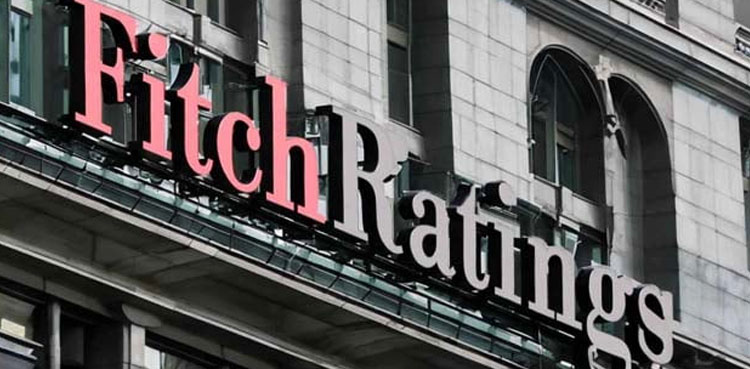Global ratings agency Fitch has upgraded Pakistan’s foreign currency credit rating to ‘B-‘ from ‘CCC+’, reflecting increased confidence in the country’s economic progress and structural reforms.
The upgrade also highlights the country’s efforts to narrow its budget deficits and sustain its International Monetary Fund (IMF) program performance.
Key Highlights:
- Fiscal Performance: The government budget deficit is expected to narrow to 6% of GDP in FY25 and around 5% in the medium term, driven by tight fiscal policy and nominal growth.
- Inflation and Growth: CPI inflation is forecasted to average 5% year-on-year in FY25, while GDP growth is expected to edge up to 3% in FY25.
- External Deficit: Pakistan’s external deficit is expected to remain contained, with a current surplus of $700 million in 8MFY25, driven by surging remittances and favorable import prices.
- Reserve Recovery: Gross reserves are expected to further build up after the State Bank of Pakistan’s purchase of foreign exchange in the interbank market.
- Funding Needs: The government will face significant external debt maturities in FY26, but is expected to secure external financing from multilateral and commercial sources.
Government’s Response:
Prime Minister Shehbaz Sharif welcomed the upgrade, calling it a reflection of economic progress and global confidence in the national economy.
Read More: Fitch Ratings optimistic about Pakistan’s economic recovery in FY25
Finance Minister Muhammad Aurangzeb said the upgrade was a strong expression of confidence in the country’s economic reforms and policies, which will further strengthen the government’s economic agenda.
Implications:
The upgrade is expected to boost investor confidence, increase investment, and provide additional resources for the country. The government is expected to continue its journey of economic reforms and stability, with a focus on fiscal consolidation, external stabilization, and structural reforms .


Leave a Comment